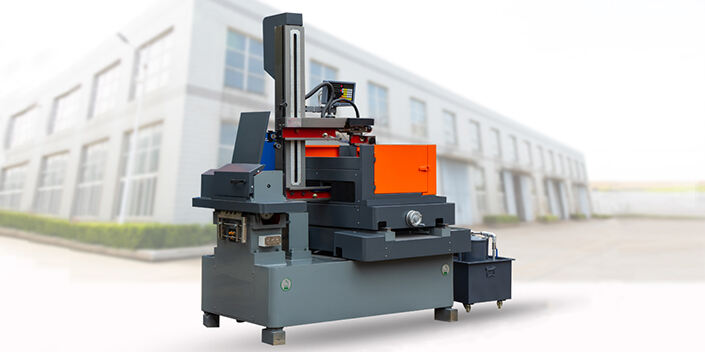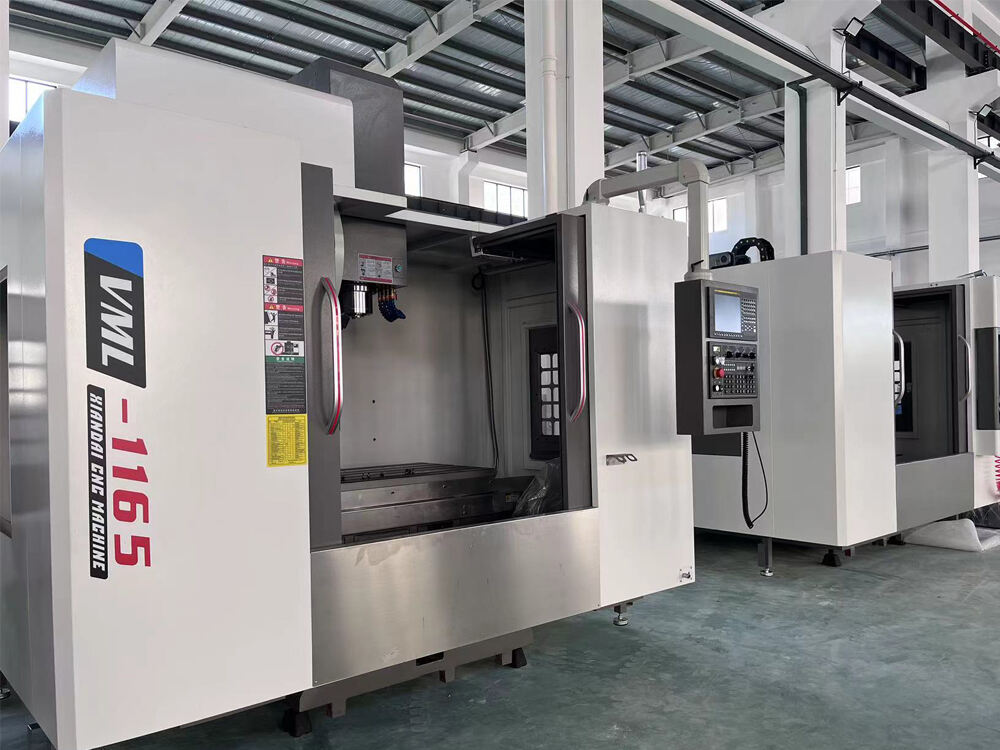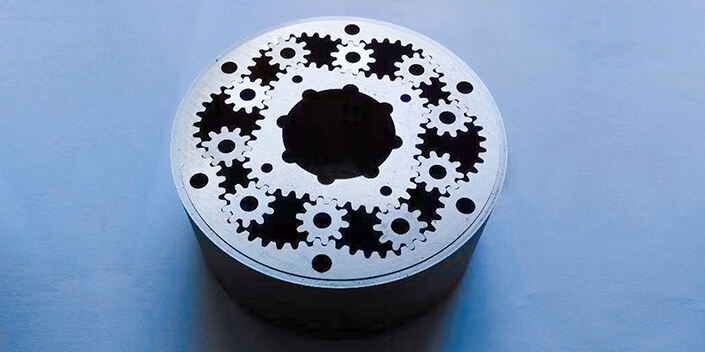The Role of Precision Slitting in Modern Metal Processing
Key Applications in Automotive and Aerospace
Precision slitting plays a vital role in the automotive industry by ensuring the production of high-quality metal components that adhere to stringent safety and performance standards. This technique allows manufacturers to deliver components with exact dimensions, which is crucial for the structural integrity and performance of automobiles. Similarly, in the aerospace sector, precision slitting is indispensable in the creation of lightweight structures. Here, maintaining material properties while reducing weight enhances fuel efficiency, a critical factor in aviation. The use of precision slitting with high-strength alloys and advanced materials ensures the precision and reliability required for aerospace parts manufacturing, ultimately contributing to safer and more efficient aircraft.
Enhancing Material Efficiency and Waste Reduction
Precision slitting significantly enhances material efficiency by allowing manufacturers to utilize resources more effectively, ensuring that exact lengths and widths are achieved. This precision not only improves the quality of the output but also reduces scrap rates, thereby minimizing waste. By optimizing slitting processes, companies can cut down on production costs and maximize the yield from raw materials. Importantly, the implementation of precision slitting technologies aligns with sustainable practices, supporting environmental efforts by reducing overall waste. By minimizing excess material and enhancing resource utilization, precision slitting enables manufacturers to produce more with less, promoting sustainability in the metal processing industry.
Cost Analysis and Operational Efficiency
Raw Material Costs and Supply Chain Factors
Managing raw material costs and supply chain factors is crucial in the slitting operations industry. Price volatility in raw materials necessitates accurate inventory management and precise ordering to maintain operational efficiency. Lean supply chain methodologies play a significant role in ensuring that materials are available when required without excessive stockpiling. This approach not only helps in cost management but also enhances production reliability. Furthermore, comprehending global market trends enables manufacturers to effectively predict potential cost fluctuations, allowing them to adapt procurement strategies proactively.
Labor vs. Automation in Slitting Line Economics
In slitting line economics, the choice between labor and automation significantly impacts financial outcomes. Conducting a cost-benefit analysis demonstrates that automation can substantially decrease labor costs, leading to enhanced long-term profitability. Technologies such as CNC machines offer heightened precision and minimize human error compared to traditional manual processes. However, for successful integration of automation, it's vital to invest in training and reskilling the existing workforce to transition them into roles that complement automated systems. Such forward-thinking approaches ensure that the labor force continues to add value in a modern slitting operation.
Technological Innovations Driving Efficiency
Laser Cutting and EDM Integration in Slitting Lines
Integrating laser cutting and Electrical Discharge Machining (EDM) is revolutionizing slitting lines by enhancing precision for diverse material applications. This integration offers manufacturers versatile solutions to manage complex shapes while maintaining tighter tolerances, crucial for industries such as automotive and aerospace. For instance, these technologies enable precise cuts in lightweight materials like aluminum and steel, ensuring minimal waste and high-efficiency production. Research indicates that combining laser and EDM technologies can significantly boost productivity, often doubling output without compromising quality. By adopting such innovations, organizations can stay competitive and meet increasing demands for precision components.
Advancements in CNC Machining and Smart Manufacturing
Recent advancements in CNC machining have paved the way for more intricate designs in slitting operations, tailoring to customer-specific requirements with unparalleled accuracy. The evolution of CNC technology allows for the precise control of machine functions, resulting in superior quality of cuts and reduced material waste. In parallel, smart manufacturing techniques employing IoT and AI technologies are increasingly leveraged to optimize operational efficiency. These innovations reduce machine downtime and offer predictive maintenance capabilities, streamlining processes while yielding significant productivity gains. By adopting these advanced technologies, manufacturers position themselves advantageously by delivering faster outputs and achieving improved operational efficiency.
Market Trends and Economic Impact
Global Demand for High-Precision Metal Components
The global demand for high-precision metal components continues to surge as industries across the spectrum prioritize technological innovations. This trend is largely driven by the need for precision in various applications, from automotive to aerospace sectors. According to recent data, the precision slitting market is projected to experience substantial growth, fueled by advancements in technology and increasing demand across diverse sectors. As emerging markets invest more in enhancing their precision manufacturing capabilities, they significantly contribute to the rising global demand. The adoption of cutting-edge technologies, such as laser cutting machines and EDM machines, is becoming a discerning factor for companies aiming to maintain competitiveness.
Tariffs, Sustainability, and Future Growth Projections
Current tariff policies play a crucial role in shaping the pricing structure and competitiveness of the metal manufacturing industry. These policies notably influence operational strategies as manufacturers strive to navigate fluctuating costs and international competition. In parallel, sustainability initiatives have emerged as pivotal, urging manufacturers to adopt environmentally friendly practices. While these efforts may entail upfront costs, they ultimately promise long-term savings and compliance benefits. Future growth projections suggest that the sector's agility and adaptability will be key in adjusting to evolving economic environments and regulatory landscapes. Manufacturers investing in flexibility will likely remain resilient against these dynamic challenges, ensuring continued growth and sustainability.





